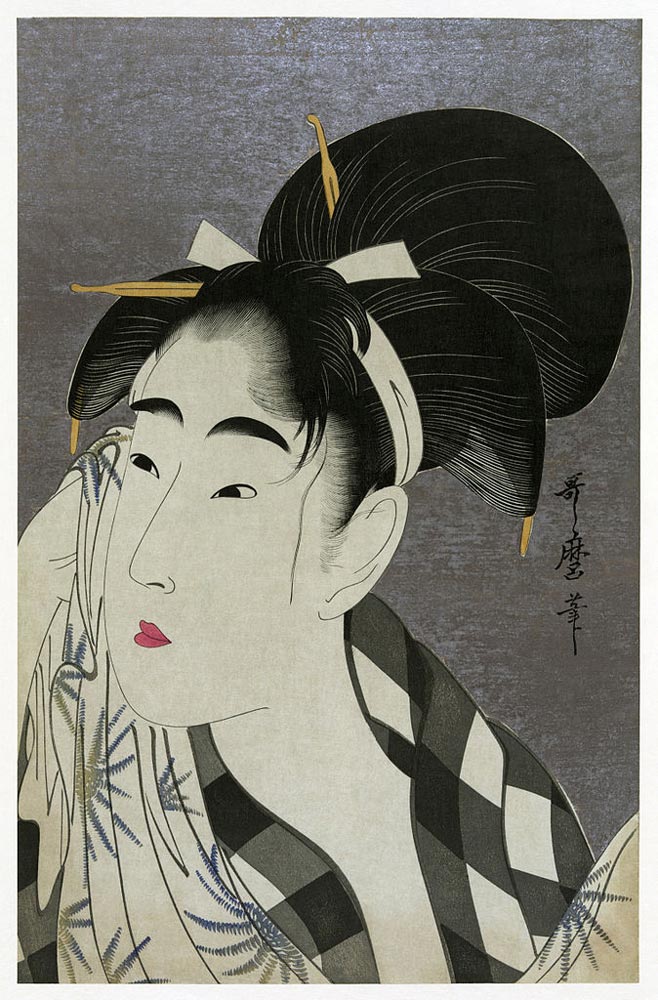| Kitagawa Utamaro | |
|---|---|
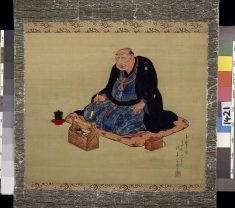 |
|
| Born | Kitagawa Ichitarō c. 1753 |
| Died | Oct. 31, 1806 |
| Nationality | Japanese |
| Field | Painting Printmaking |
| Works | Sugatami Shichinin Keshō, Tsuitate no Danjo |
Kitagawa Utamaro (1753-1806) was a Japanese artist who specialized in the art of ukiyo-e woodblock prints and paintings. Unfortunately, little evidence has survived to substantiate his history so there is a great deal of speculation regarding his life. His exact date of birth, place of birth, and parentage is unknown, however, it is generally agreed that he was born in the year 1753, most likely in Yoshiwara, which is the Cartesian area of Edo. He died in 1806.
Childhood
As a young child he studied art from Toriyana Sekien. Many historians believe that Sekien was actually Kitagawa Utamaro’s father. This belief is based on the knowledge that Kitagawa Utamaro lived with Sekien during most of his childhood and the two had a very close relationship until Sekiens’ death in 1788.
The Ujijo-e style of art that was used by both Sekien and Kitagawa is a Japanese style of woodcut pictures. The Japanese refer to these block cut pictures as “pictures that float on air”.
Young Adulthood
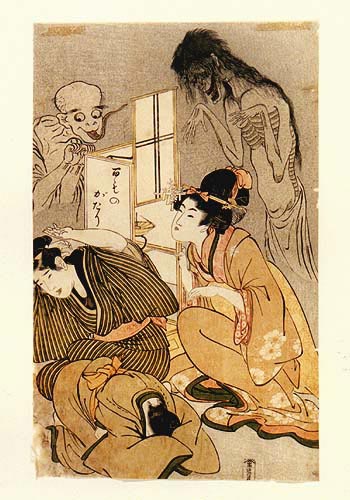 As an adult Kitagawa Utamaro changed his name to include Ichitaro Yusuke, following the Japanese naming traditions of his time. Sometime in his adulthood the artist may have married and had a child with his wife. This speculation is due to the numerous paintings of the same woman with her child at various stages of the child’s life. It is obvious from the paintings that the artist held the woman and child in high regard. Unfortunately, historians lack hard evidence to prove Kitagawa Utamaro’s possible marriage and family life.
As an adult Kitagawa Utamaro changed his name to include Ichitaro Yusuke, following the Japanese naming traditions of his time. Sometime in his adulthood the artist may have married and had a child with his wife. This speculation is due to the numerous paintings of the same woman with her child at various stages of the child’s life. It is obvious from the paintings that the artist held the woman and child in high regard. Unfortunately, historians lack hard evidence to prove Kitagawa Utamaro’s possible marriage and family life.
Around 22 years of age, Kitagawa’s earliest known artwork was published. It was a book cover illustration for a playbook and was published under the name of The “go” of Toyoaki. Following this publication, he began to create numerous prints of warriors and actors as well as theatrical programs.
The spring of 1781, he began designing and creating woodblock pictures of women. These artworks were believed to be lacking in value compared to the works he was producing before.
Artist and Publisher
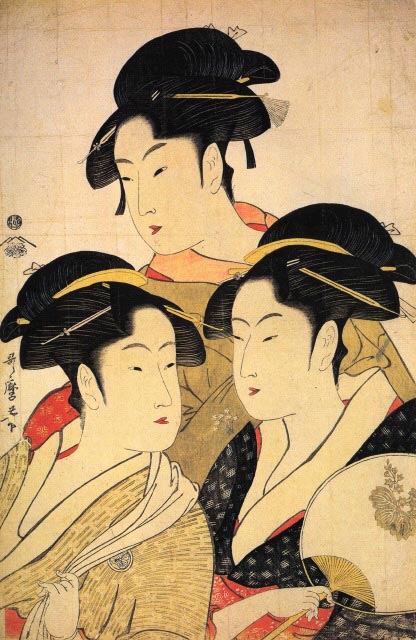 Sometime in the mid-1780s, Kitagawa Utamaro moved in with the publisher Tsutaya Juzabuto. During his five years of residency with Juzabuto, he became a very prominent artist for the publishing firm.
Sometime in the mid-1780s, Kitagawa Utamaro moved in with the publisher Tsutaya Juzabuto. During his five years of residency with Juzabuto, he became a very prominent artist for the publishing firm.
Eventually, Utamaro quit designing book covers and began creating single half-length prints of women. In 1793 he was finally was acknowledged as an artist and his contract with the publishing firm was ended.
He created numerous works of art that featured the women of the night from Edo. These paintings were very famous and gained him a great deal of recognition. Over the years he ventured into studying animals, insects and nature. He also designed and created many woodblock prints of beautifully crafted erotic art. This form of art was generally appreciated and accepted in Japan. Even though Western cultures may consider this genre of art to be perverse, the Japanese saw it as an expression of what is natural and human.
A Great Artist No More
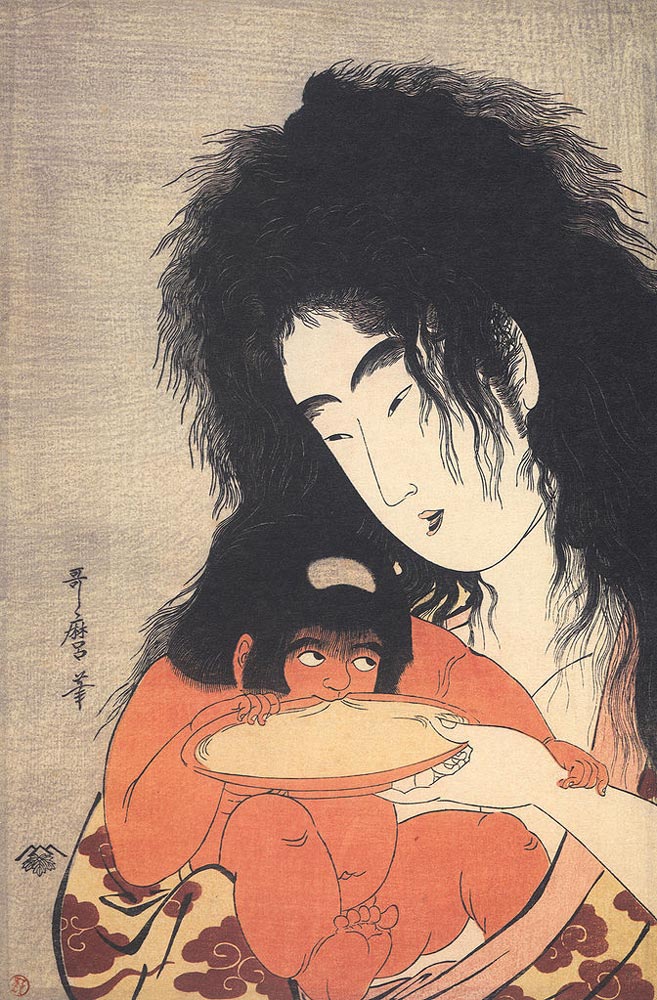 Utamaro was imprisoned in 1804 after publishing prints that referenced the 16th-century military ruler, Toyotomi Hideyoshi. The Japanese government agreed that his act of publishing these prints was a blatant act of disrespect. Utamaro, along with several other artists, were sentenced with being handcuffed for fifty days. This sentence marks the decline of Utamaro’s career as an artist. He died two years later at the age of 53.
Utamaro was imprisoned in 1804 after publishing prints that referenced the 16th-century military ruler, Toyotomi Hideyoshi. The Japanese government agreed that his act of publishing these prints was a blatant act of disrespect. Utamaro, along with several other artists, were sentenced with being handcuffed for fifty days. This sentence marks the decline of Utamaro’s career as an artist. He died two years later at the age of 53.
During his life Utamaro was credited for creating and designing multiple woodcut paintings. He was particularly famous for his prints of women, which he stylized by exaggerating and elongating physical features. Today his prolific prints are displayed worldwide.
